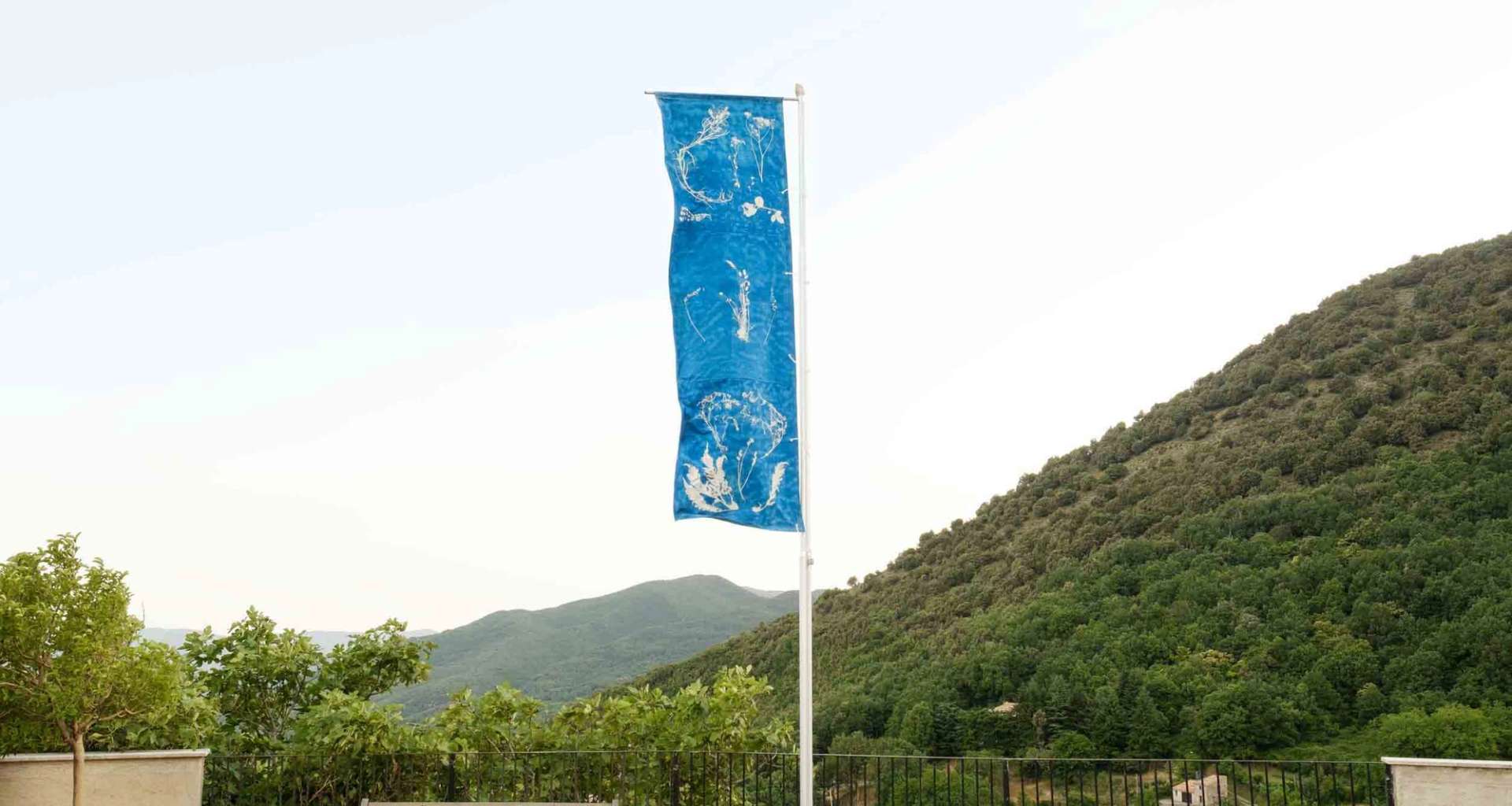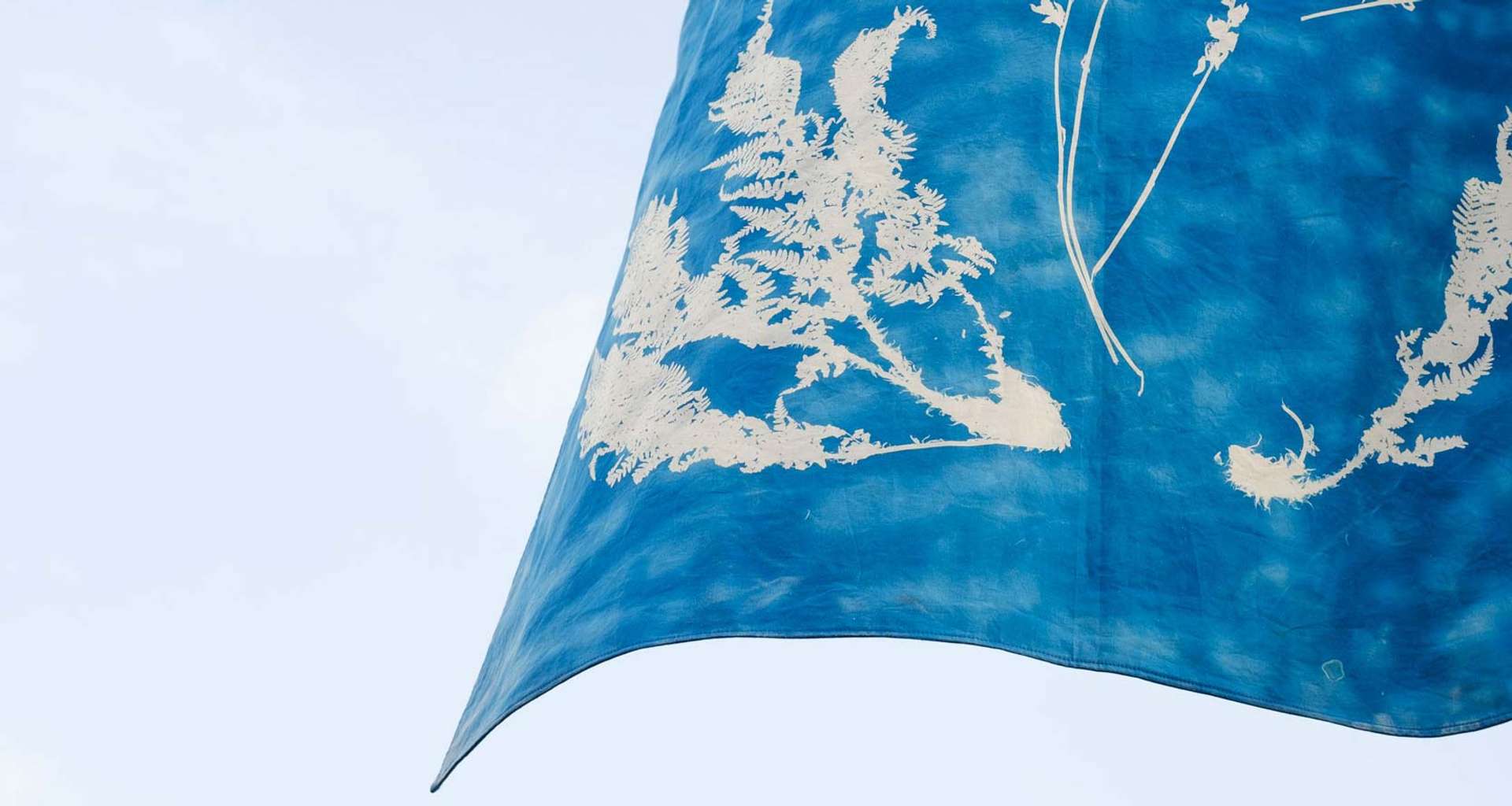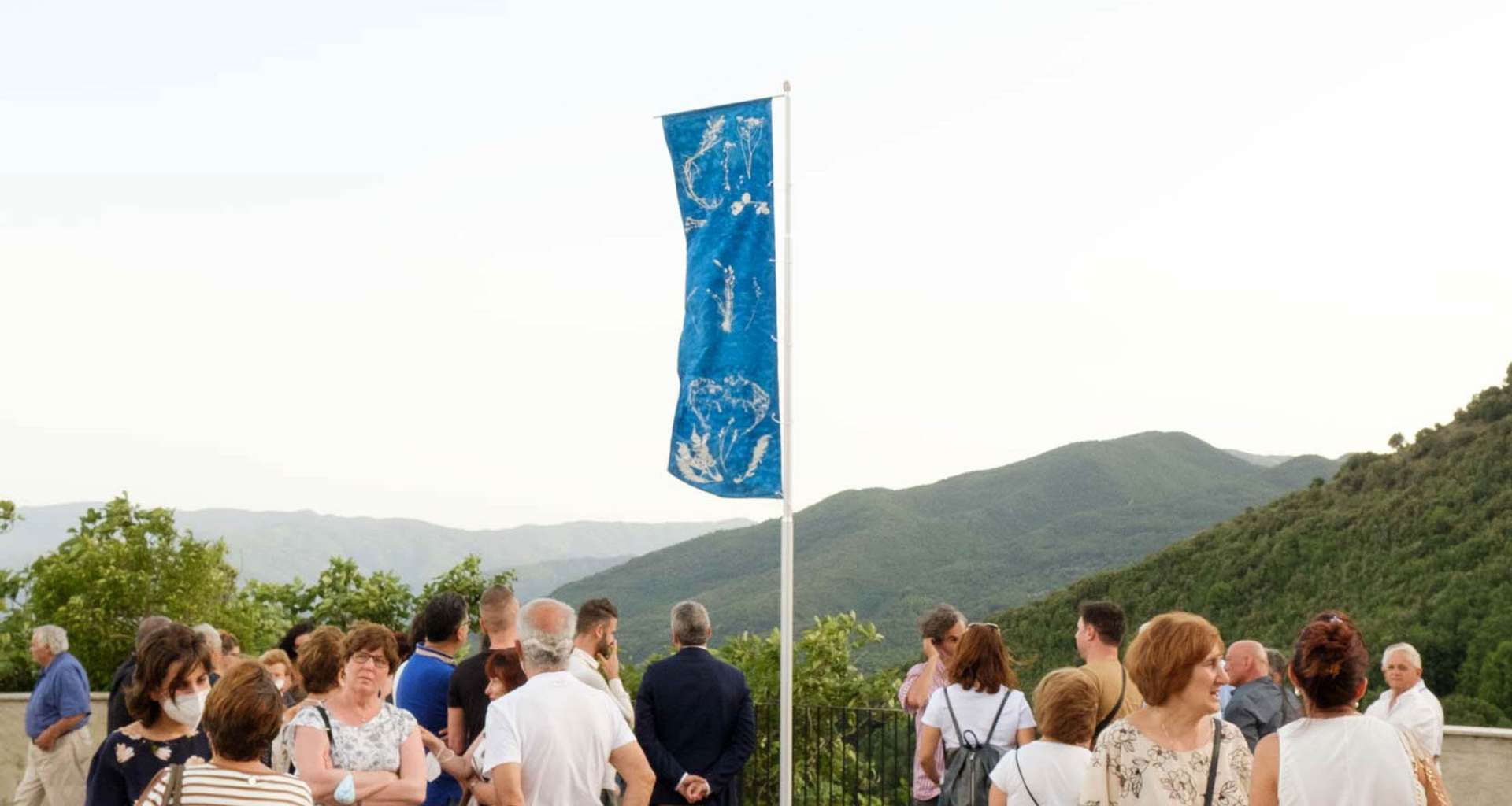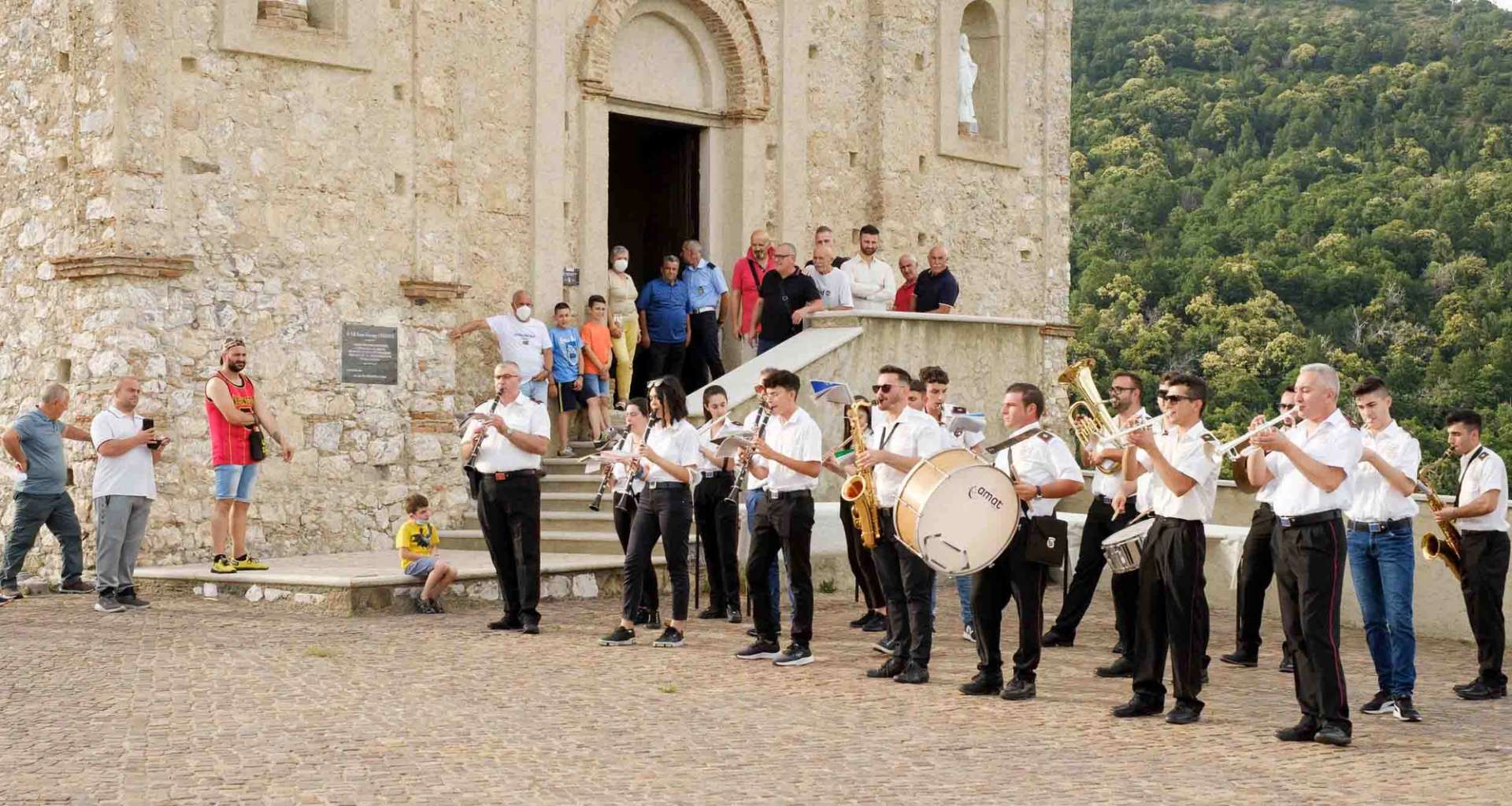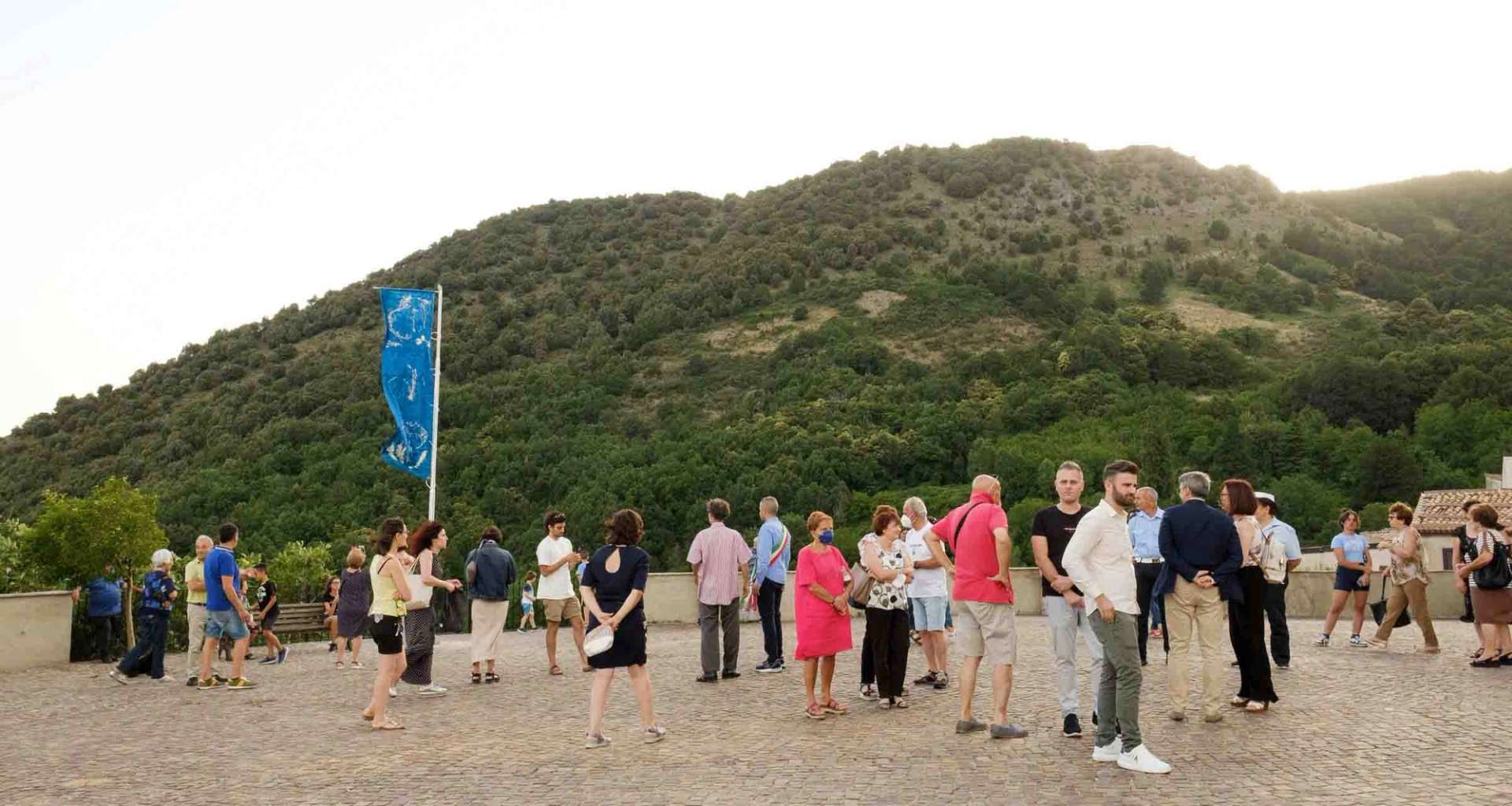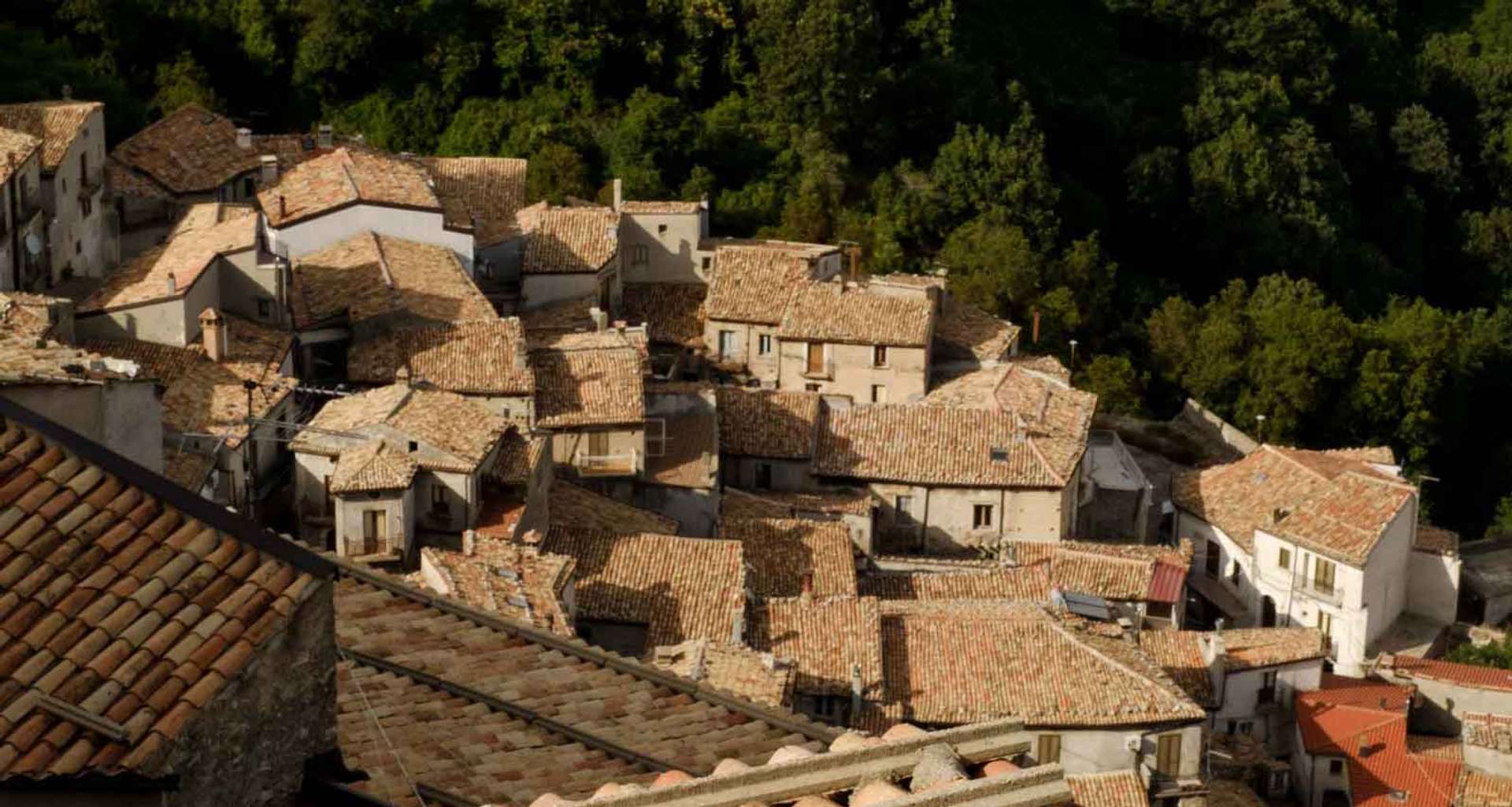Spontaneous, in etymology, derives from the Latin adverb “sponte”, meaning free will.
In architecture, a construction without dogma is considered spontaneous, free from any constraint, built without a project, with little space for thought and a lot of time for action. A necessary action, because it meets the need to take shelter and maintain a place to carry out the fundamental actions of life.
As usual, it is nature that offers the most diversified and realistic form of spontaneity, and therefore, of extreme freedom and unflappable willpower. Among the steep slopes and in the valley bottoms, along the edges of the canals or in the fractures of the rocks, prickly blackberry brambles, insatiable nettles, heaps of myrtle, colorful broom settle on inhospitable stones.
To grow, they don't need to be cultivated, they don't need someone to take care of them. They exist because they want to exist. As architectures, which do without studies or authorizations in order to rise, as anarchic forms of survival.
In one of the most difficult and uncertain moments in her life as a free woman, Anna Zvyagintseva chose to represent the human disposition to resistance through the manipulation of the symbol among the symbols. In the history of humanity, the flag has represented the expressive sign of the values of cohesion and belonging, of sacredness and protection, for large companies as well as for small communities. To the rocks that holds roofs and to the plants that grow through the stones is a work deliberately devoid of political significance, it is an ethical banner and universal, sewn on the spontaneity of nature and the local architecture.
A tribute to a community, that of San Donato di Ninea, peripheral and very distant, but at the same time capable of being incredibly close thanks to the disarming humanity of its inhabitants.
ㅤ
Permanent works:
Anna Zvyagintseva, To the rocks that hold roofs and to the plants that grow through stones, 2022, flag in cyanotype printed by hand by the artist, cotton, wild plants and local stones, anodized aluminum tube, 400 x 100 x 10 cm.
San Donato di Ninea (CS), Calabria
I CAME TO SAN DONATO DI NINEA IN SPRING, EVERYTHING WAS BLOOMING AND I FELT THE PRESENCE OF LIFE EVERYWHERE ALTHOUGH THE CITY SEEMED QUITE EMPTY AND I WALKED AMONG MANY ABANDONED HOUSES. ALL OF THEM WERE COVERED BY PLANTS THAT WERE LITERALLY GROWING THROUGH STONES. THAT GAVE ME A FEELING OF HOPE, AS MY THOUGHTS WERE WITH MY COUNTRY, WHICH IS STILL FIGHTING IN THE WAR STARTED BY RUSSIA
Anna Zvyagintseva (Dnipro, Ukraine, 1986) investigates the imperceptible, impalpable facets of life, showcasing their fragility and documenting elusive intangible moments. Body, paths, useless action, and small gestures are the main topics of her work, focused on the idea of potentiality doing something without clear purpose. Anna researches how hesitation and mistakes can lead to unexpected encounters and outcomes. Many of her works speak about the potentiality of doubt and are an attempt to observe movement of thought. Her oeuvre is made by an entanglement of drawing in various forms and transmedia variations like sculpture, installations, video and painting. In 2010, she graduated from the National Academy of Fine Arts and Architecture, department of painting, Kyiv. In 2015, she participated in Pavilion of Ukraine Hope! at the 56th International Art Exhibition of la Biennale di Venezia; in 2017 in The school of Kyiv, Kyiv biennale. She was awarded the main Pinchuk Art Prize in 2017 and in 2015 she was awarded the Special Prize and also received the Public Choice Prize. She is a member of the curatorial group Hudrada since 2010. Solo exhibitions: The Empty Spaces of Doors and Windows Allow the Room to be Inhabited, 2019, The Naked Room, Kyiv, Ukraine; Misplaced touches, 2017, PinchukArtCentre, Kyiv, Ukraine; The radio behind the wall, 2015, Closer, Kyiv, Ukraine; Trusting movement, 2013, Scherbenko Art Center, Kyiv.
BUT WE ARE LIKE STONES THAT HOLD ROOFS THAT THE WIND CONSTANTLY WANTS TO BLOW UP AND LIKE STRONG PLANTS THAT KEEP ON GROWING ALTHOUGH IT’S HARD. MY WORK FOR SAN DONATO DI NINEA IS A TRIBUTE TO STRENGTH, PERSEVERANCE, STAMINA AND TIME; ON THE OTHER SIDE, TO FRAGILITY AND TO THE GREAT VALUE OF LIFE. I HOPE THE CITY WILL KEEP THIS SPIRIT AND THAT MY FLAG WITH STONE AND PLANTS WILL ACCOMPANY IT
San Donato di Ninea is a village of about 1,200 inhabitants in the province of Cosenza. Perched on the rocky spur of Motta (850 meters above sea level), San Donato di Ninea is immersed in the Pollino National Park, overlooking the Esaro Valley and the Sibaritide plane. It is an old village that owes its origins to The Oenotrians, who were headed by leader Ninevo (hence the name Ninea), that is also known for the presence of a rich mineral deposit called “Cava dell’Oro”. The village has seen a succession of invasions: first the Longobards, who chose the caves of the Madonna dell’Angelo, caves of natural origin that over the centuries have been eroded by water, as a place of worship and later, the Aretini who brought their patron saint San Donato V.M., and who dedicated his name to the village and to the chapel that is located in the Pantano district (which houses paintings from the Byzantine period). The Church of S. Maria Assunta is an important monument for the village. It is located at its highest point and is a fantastic view point from which to enjoy the surrounding countryside. Inside the church, you can find a miraculous painting of the Madonna Assunta which, on 24 May, is carried in a procession up to this point. The village has a second historical centre in the hamlet of Policastrello, where the feudal castle of the Sangineti / Sanseverini family stands.
The Autumn Festival in November is a very important occasion where chestnuts, for centuries an essential fruit for the Sandonatese economy, are celebrated. The village has a lot to offer to tourists with many mountain activities (there is a refuge at Piano di Lanzo at 1350m above sea level) and given its proximity to the coast, it’s also a great place to stay in the summer.
